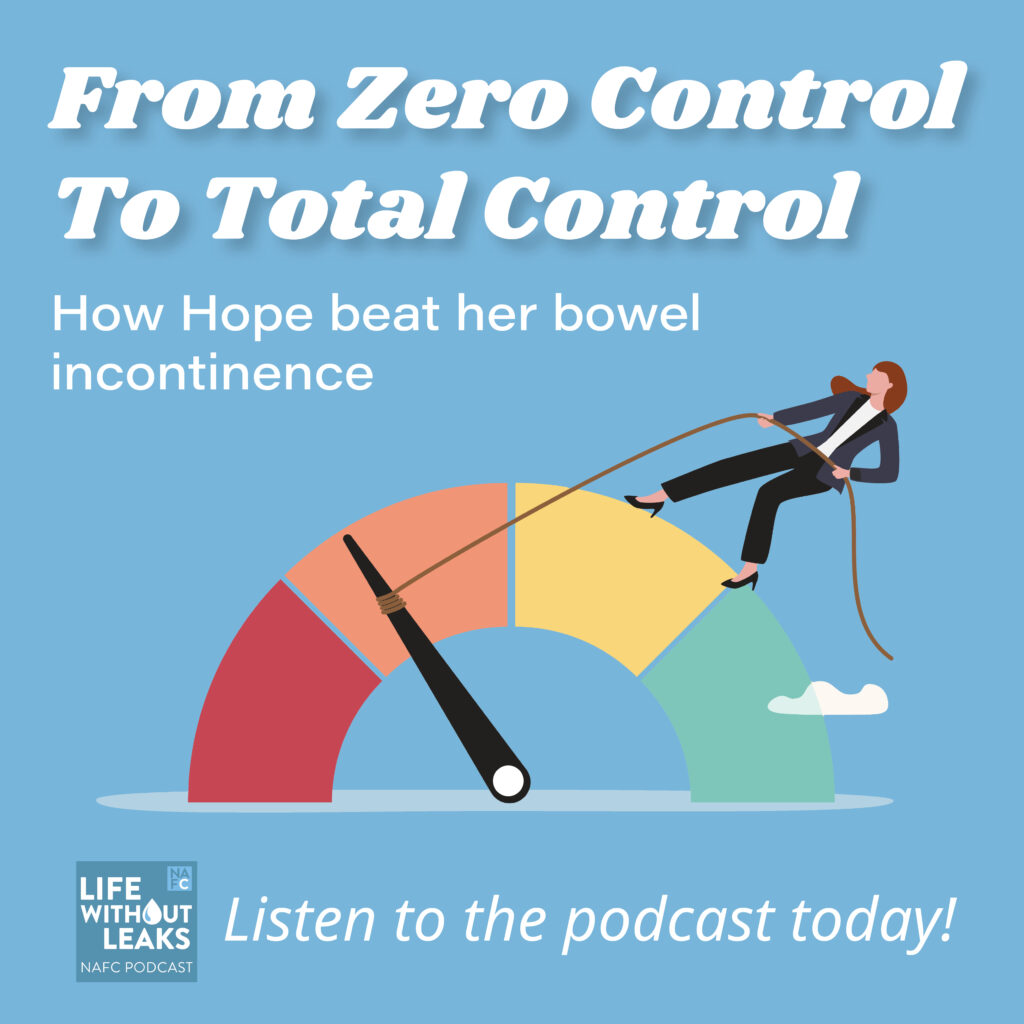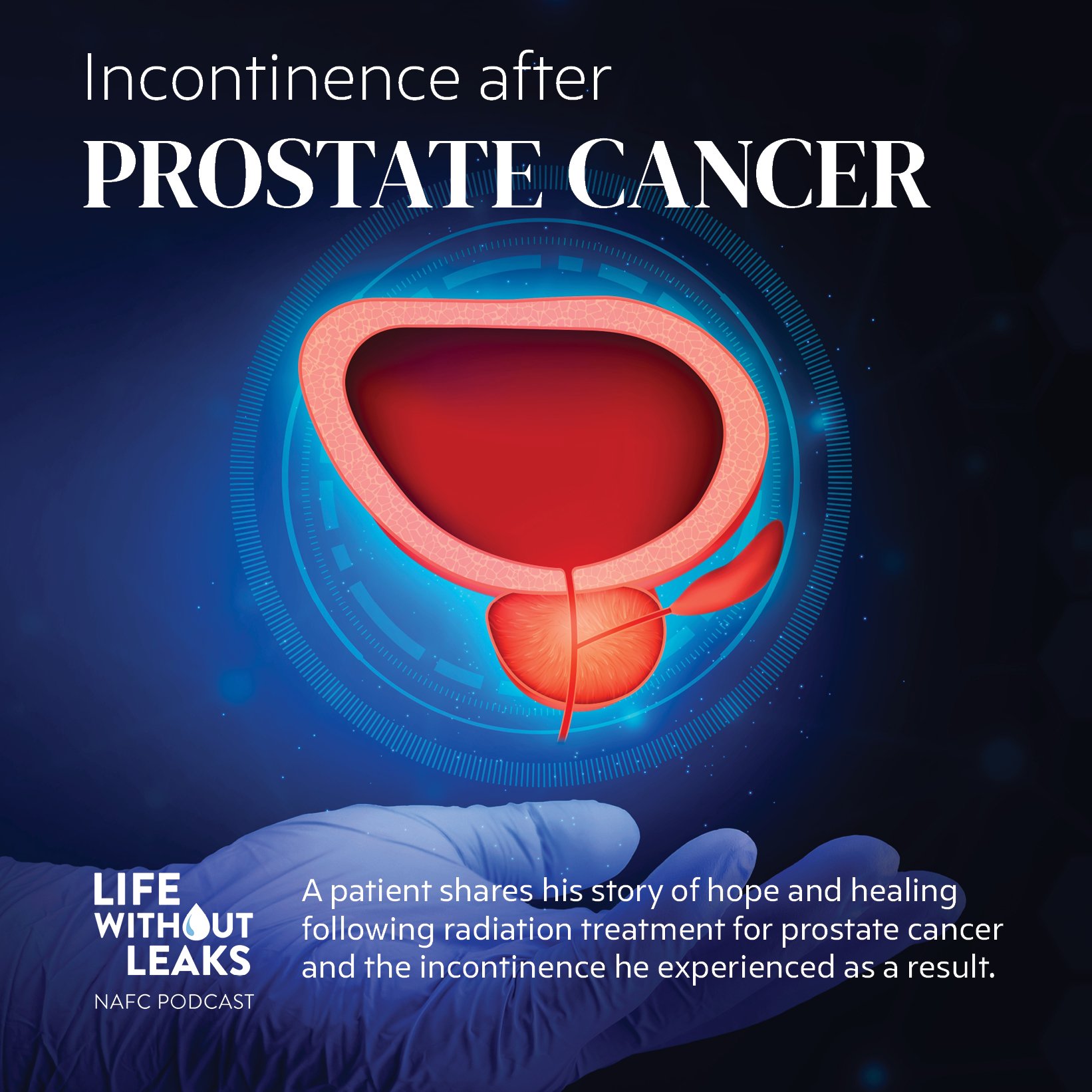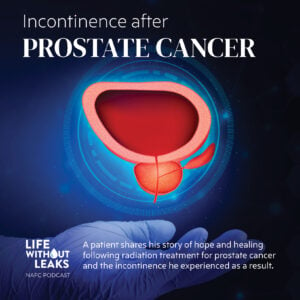Overactive Bladder (OAB) is a common condition that affects millions of people worldwide, leading to symptoms such as frequent and urgent urination, nocturia (waking up at night to urinate), and sometimes even urinary incontinence. While OAB can significantly impact a person’s quality of life, many individuals can manage symptoms effectively with a combination of lifestyle changes, medications, and behavioral therapies. However, for those whose symptoms remain resistant to first- and second-line treatments, third-line therapies may offer additional options for relief.
What is Overactive Bladder (OAB)?
Overactive Bladder is defined by the presence of urinary urgency, often accompanied by urinary frequency (urinating more than eight times a day) and nocturia, with or without incontinence. While OAB is often considered a benign condition, it can have a profound impact on an individual’s daily life, causing embarrassment, social isolation, depression and anxiety.
Treatments for OAB depend on the type and the severity. Typically, first line treatments such as lifestyle modifications are used to treat OAB. These treatments can include fluid management and dietary changes, along with pelvic floor therapies such as kegels and bladder retraining.
When more natural therapies are no longer helping to cure leaks, second line treatments such as medications called anticholinergics (e.g., oxybutynin, tolterodine) and beta-3 adrenergic agonists (e.g., mirabegron) are used which can help to reduce urgency and improve bladder control.
However, for individuals whose symptoms do not improve significantly with these therapies, third-line treatments become necessary.
What Are Third-Line Therapies for OAB?
Third-line therapies are typically considered when first- and second-line treatments have failed to adequately control symptoms or if the side effects of medications are intolerable. These therapies often require a more invasive approach and are generally recommended under the guidance of a urologist or specialist in pelvic health.
Here are the primary third-line therapies for OAB:
Botulinum Toxin (Botox) Injections
Mechanism of Action: Botulinum toxin type A (Botox) works by temporarily paralyzing the bladder muscle (detrusor muscle), reducing its overactivity. Botox prevents the release of acetylcholine, a neurotransmitter that causes muscle contraction, thereby increasing the bladder’s capacity and reducing the frequency of involuntary contractions.
Indications: Botox injections are typically reserved for individuals who have not responded to oral medications or who experience significant side effects from those treatments. It is often used in patients with refractory OAB or those who experience urge incontinence that has not improved with other therapies.
Procedure: The injection is performed by a trained urologist or specialist under local anesthesia or sedation. Botox is injected into multiple areas of the bladder wall using a cystoscope (a small camera inserted into the bladder through the urethra). The procedure typically takes 15 to 30 minutes, and patients can usually return to normal activities within a day or two.
Benefits of Botox include significant reduction in urgency and frequency of urination and can last 6 to 9 months, after which repeat injections may be necessary.
There are some risks that include the potential for UTIs or the need for catheterization so it’s important to discuss this option with your doctor.
Percutaneous Tibial Nerve Stimulation (PTNS)
Mechanism of Action: Percutaneous Tibial Nerve Stimulation (PTNS) involves the electrical stimulation of the tibial nerve, located near the ankle, which is thought to influence the nerves that control bladder function. PTNS is a less invasive alternative to SNS, offering similar benefits in terms of controlling urgency and frequency.
Indications: PTNS is recommended for patients who have not had success with other treatments, particularly those who do not wish to undergo surgical interventions or those who are not candidates for sacral nerve stimulation.
Procedure: PTNS involves inserting a thin needle electrode into the skin near the ankle (typically on the inside of the leg), through which electrical pulses are delivered to the tibial nerve. Treatment sessions are typically 30 minutes long, and patients usually require a series of 12 treatments over the course of several weeks. After the initial phase, maintenance treatments may be required.
Benefits of PTNS include significant improvement in OAB symptoms, particularly in terms of urgency and frequency and there is no need for general anesthesia or significant downtime.
Some the risks include minor bruising or skin irritation at the needle insertion site and vary rare instances of infection or nerve injury.
Sacral Nerve Stimulation (SNS)
Mechanism of Action: Sacral Nerve Stimulation (SNS) involves the implantation of a small device that sends electrical impulses to the sacral nerves, which control bladder function. By stimulating these nerves, SNS helps to regulate bladder contractions, reducing urgency and improving bladder storage capacity.
Indications: SNS is generally used for patients who have not responded to other treatments, particularly those with refractory OAB or incontinence. It may also be considered for individuals who experience significant side effects from medications or who have difficulty using catheters.
Procedure: The process begins with a trial period, where a temporary lead is implanted near the sacral nerves to determine if the therapy provides symptom relief. If the trial is successful, a permanent device is implanted under the skin in the lower back or buttocks. The device is small, about the size of a matchbook, and can be adjusted to increase or decrease the stimulation as needed.
SNS offers significant improvements in bladder control, including reduced urgency, frequency, and incontinence. SNS is also non-invasive option compared to surgery and the device can be turned on or off, and stimulation can be adjusted as needed.
Risks may include surgical, device, and stimulation-related complications. See important safety info: https://bit.ly/4ex7wvw
InterStim is a type of sacral nerve stimulation (SNS) therapy used to treat various urinary and bowel disorders, particularly those related to urinary incontinence, urgency, frequency, and pelvic floor dysfunction. It involves the implantation of a small device that stimulates the sacral nerves, which are responsible for controlling the bladder, bowel, and pelvic floor muscles.
These therapies can offer promising outcomes and as with any of these treatments it’s important to work closely with a healthcare provider to determine the most appropriate course of treatment. By exploring these advanced options, patients can find effective solutions for managing OAB and regaining control over their bladder function. Learn more at talkleaks.com/bladder
Hear from three patients who have experienced bladder or bowel leakage and found success with a third line therapy such as Interstim.
REal patients STORIES
Hear from patients who have experienced bladder or bowel leakage and found success with a third line therapy such as Interstim.
CLICK ON THE IMAGES BELOW TO HEAR THEIR STORIES
How Pat Overcame Her Leaks – One Patient’s Success Story
“Do I Tell Somebody Before A First Date That I Pee Myself?” One Patient’s Surp[rising Journey To Drier Days
From Zero Control To Total Control – How One Patient Overcame Bowel Incontinence
If you’re experiencing urinary incontinence, it’s important to talk to your doctor
It’s important to ask about the various treatment options available, such as lifestyle changes, medications, pelvic floor therapy, or devices like sacral nerve stimulation. Don’t hesitate to ask about the benefits, risks, and potential side effects of each treatment, as well as what the expected outcomes are. Taking an active role in your discussion will help you and your doctor develop a personalized plan for managing your incontinence effectively.
Use this helpful doctor discussion guide as way approach that discussion with your doctor.











4 Responses
When myrberiq stopped working for me, my Dr switched me to tolterodone. It is working as well if not better than the myrbetriq.
Third-line therapies for Overactive Bladder (OAB) offer hope when other treatments fail. Options like Botox injections, nerve stimulation, and surgery can provide relief for persistent symptoms. Consulting a specialist is key to finding the right solution!
Myrbetriq is recommended for my OAB and stress incontinence. However, my insurance won’t cover despite my doctor appealing my case. Does anyone know how or where to get discounted Myrbetriq so it is affordable?
I am writing from my hospital room. A couple years ago as my doctor was doing surgery on me, he punchered my bladder. They tried sealing it but didn’t work. I have another appointment in February , trying to find another answer to my problem .anyone can give me information on this, I would follow up ,thank you